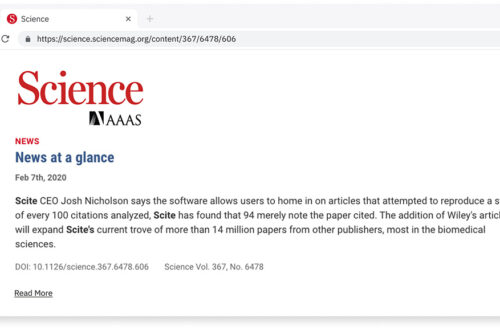Understanding the Research Paper
Key components of a research paper
In a research paper, key components include the introduction, literature review, methodology, results, discussion, and conclusion. Each section serves a specific purpose in presenting the research findings, methodology, and analysis. The introduction sets the stage, the literature review provides context, the methodology outlines the research process, the results present the findings, and the discussion interprets the results. Finally, the conclusion summarizes the main points.Importance of summarizing research papers
Summarizing research papers is crucial as it provides a concise overview of the study’s main points. A summary helps readers grasp the key findings and conclusions without having to read the entire paper. It also allows researchers to highlight the significance of their work and its implications for the field. Effective summarization can enhance the research paper’s impact and make it more accessible to a wider audience.
Reading and Analyzing the Research Paper
Strategies for effective reading
When approaching a research paper, individuals should employ strategies for effective reading. Skimming through the paper initially to gain an overview can help in understanding the main objective and structure. Breaking down the content into sections and analyzing each part carefully allows for a deeper comprehension of the material.Identifying the main points and arguments
One crucial aspect of analyzing a research paper is identifying the main points and arguments presented. By closely examining the introduction, literature review, methodology, results, and discussion sections, readers can pinpoint the key findings and understand the author’s perspective. This process aids in grasping the research paper’s core message and implications.
Steps to Summarize a Research Paper
Outlining the research paper
When summarizing a research paper, it is essential to begin by outlining the entire document. This involves understanding the main objective, key sections, and the flow of information presented. By creating a clear outline, individuals can organize their thoughts and insights effectively before condensing the content into a concise summary.Summarizing each section concisely
Each section of the research paper should be summarized concisely and accurately. By highlighting the main points, key arguments, and significant findings in a clear and structured manner, the essence of each part can be captured succinctly. This process ensures that the summary reflects the most crucial aspects of the research paper without losing the depth of information provided.
Writing the Summary
Crafting a clear and concise summary
When crafting a summary of a research paper, it is essential for the individual to meticulously outline the document, understanding its main objective, key sections, and information flow. By developing a structured outline, one can effectively organize thoughts and insights prior to condensing content into a concise form.Including key findings and conclusions
Each section of the research paper should be summarized accurately, ensuring that the main points, key arguments, and significant findings are highlighted effectively. This process captures the essence of each part succinctly while retaining the depth of information presented.
Proper Citations and References
Citing sources in the summary
When crafting a summary of a research paper, it is crucial to accurately cite all sources used within the document. Properly citing sources not only ensures academic integrity but also gives credit to the original authors. By including citations in the summary, one showcases a commitment to transparency and upholds ethical standards in research writing.Creating a reference list
In addition to citing within the summary, compiling a thorough reference list at the end of the document is essential. A reference list provides readers with the necessary information to locate the original sources and delve deeper into the subject matter. It also serves as a testament to the thoroughness and credibility of the research.
Facebook
Twitter
LinkedIn






